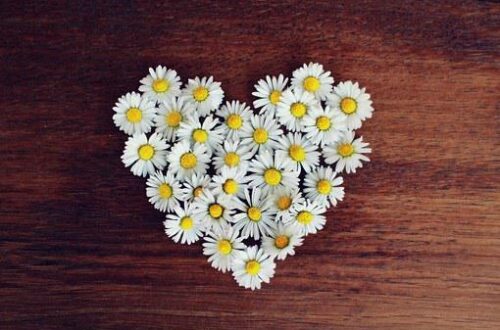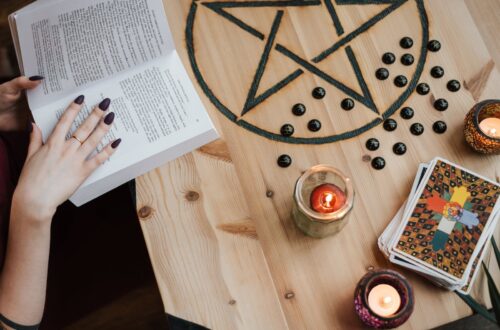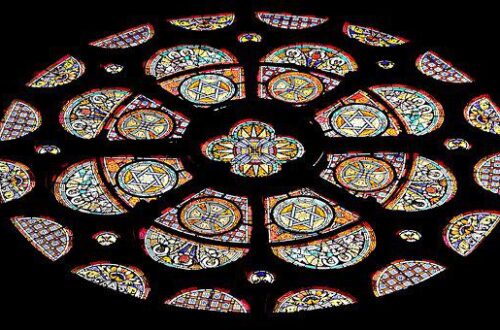
Beninese voodoo vs. Haitian voodoo
Beninese voodoo vs. Haitian voodoo
Voodoo was born centuries ago in West Africa. Even then it combined religion and magic. But it developed in the form we know today between the 16th and 18th centuries in Haiti. Black slaves brought to this Caribbean island, after adopting Christianity, reinterpreted the original Voodoo. Today, the Catholic influence can be seen in it.
The word “voodoo” comes from the word “vodũ,” which means “deity” in the language of the West African Fon tribe. The language is still used today in the country of Benin, which functioned as the country of Dahomey until 1975. It was from here that the first ships with black slaves sailed to the so-called New World in 1510. They ended up in the Spanish colony on the island of Haiti. In the 17th century, French colonizers also arrived on the island, and Haiti was divided into two colonies. From then on, the demand for African slaves from the Dahomey area increased even more. Dahomey’s rulers were eager to trade live merchandise with Spanish and French settlers from Haiti. They were ready to supply them with any amount of slaves. To this end, they even organized the conquest of neighboring smaller kingdoms, and then sold the people living in them to Haiti.
The autochthonous cult of the Woduns in Africa
For centuries, the people of Dahomey prayed to spirits they called Woduns. They believed that they were malevolent and powerful spirits who had to be dragged to their side. Only then would one secure their protection. They offered them animal sacrifices and held ceremonies with priests (huno) and priestesses (hunsi), during which they summoned them. The rituals were accompanied by dancing and singing and drumming. One of the participants would enter a trance. This was believed to be a sign that the deity in question had entered his body. Wodun was said to saddle the haunted one like a horse. It was also believed that there was one Creator God – Mawu. However, it was believed that after the creation of the world he stopped taking interest in humans, so worship must be given not to him, but to Wodun. Each tribe had its own pantheon of deities. Moreover, great importance was attached to the spirits of ancestors. The memory of them was cultivated, because it was believed that even after death in the mortal world they serve their descendants with wisdom worth drawing on. The rulers of Dahomey, wishing to consolidate their influence, unified the cult of the Woduns in the territories they occupied. This was met with resistance from the people. However, it played a significant role for the later Voodoo that developed in Haiti. Without it, the slaves brought to the Caribbean would have found it difficult to create a cult acceptable to all. After all, they came from different tribes.
Haitian Voodoo
Along with slavery, an African element entered the world organized by Christian colonizers. Although the colonizers tried to destroy Africans’ memory of their homeland, to which they were never to return, they did not succeed. Even forced conversions to Catholicism did not work. Africans secretly cultivated their native beliefs. The fact is, however, that the Wodun cult changed its original form. They retained a belief in a Creator God, a pantheon of deities and a belief in ancestral spirits. The supreme being, however, was called by a French name – Bon Dieu (good God), and the Woduns were rechristened Loa, which means “spirits” in Congolese. Among the Loa, two groups of deities were distinguished – the Rada Loa, or spirits that originated in Africa (mainly in Dahomey), and the Petro Loa, or spirits that were born in the Caribbean. While the Rada Loa are peaceful spirits, the nature of the Petro Loa is violent. The Council Loa are tolerant, while the Petro Loa are stubborn. Finally, the Council Loa are protective, while the Petro Loa are characterized by aggression. The latter group of spirits was born out of the powerlessness and rage of black slaves who were deprived not only of their freedom, but also of their dignity. Loa are also characterized by being identified with Catholic saints. Thus, for example, Legba, the most important spirit in the entire pantheon of deities, is believed to be Saint Peter, and his attribute is the keys to the gates of heaven. Although Haitian Voodoo differs from Beninese worship the core beliefs and rituals are nevertheless similar.



